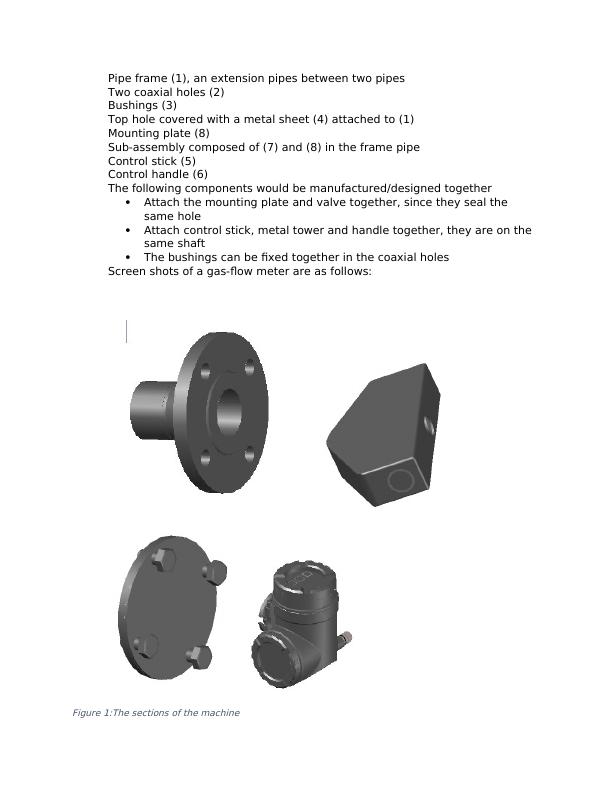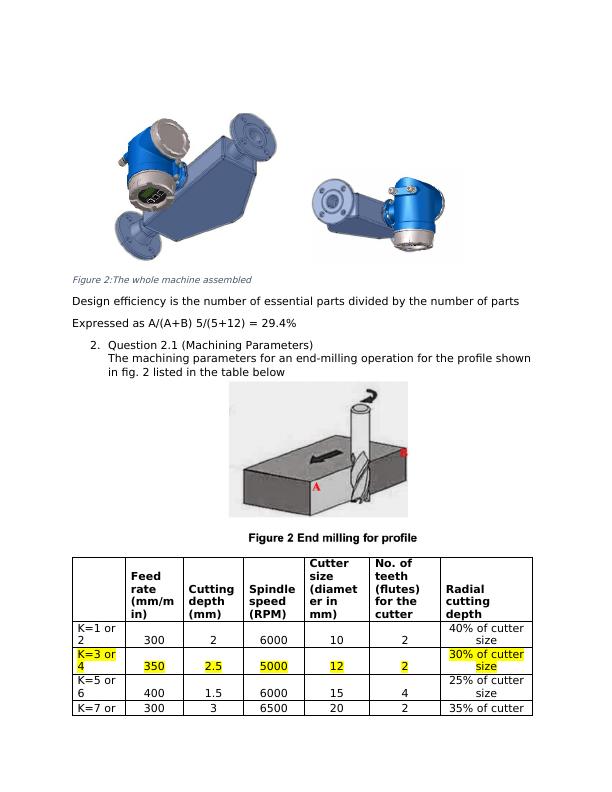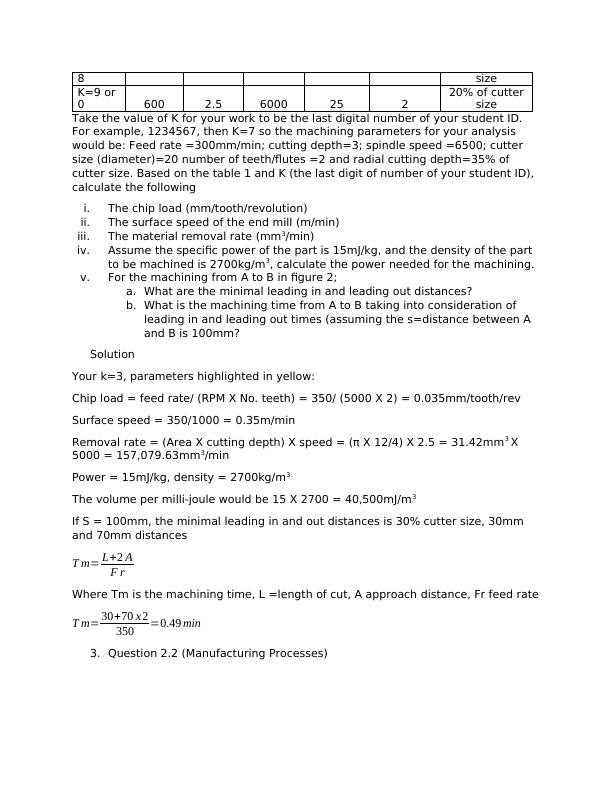The Machining Process
11 Pages2130 Words87 Views
Added on 2023-01-12
About This Document
This document discusses the machining process, including the analysis of parts and machining parameters. It also covers manufacturing processes, quality control, and sampling acceptance plans.
The Machining Process
Added on 2023-01-12
ShareRelated Documents
End of preview
Want to access all the pages? Upload your documents or become a member.
Design for Assembly - Redesigning AC Control Valve
|19
|1550
|35
Assignment on Research Methodology PDF
|9
|1450
|20




